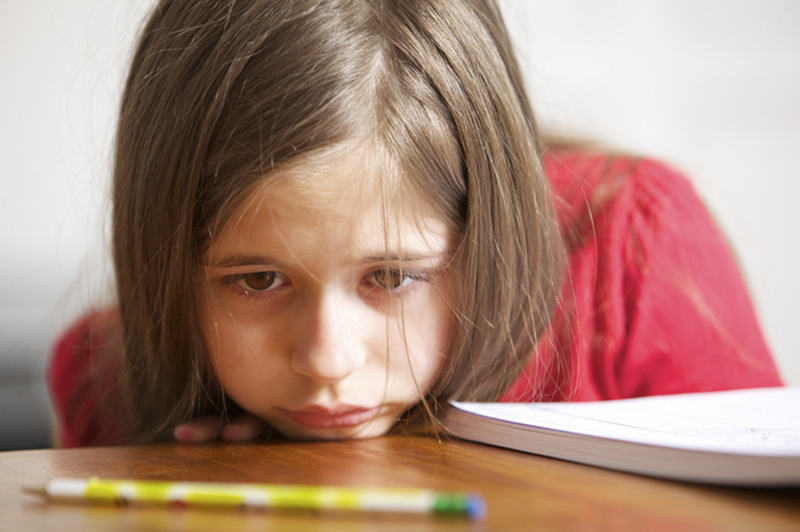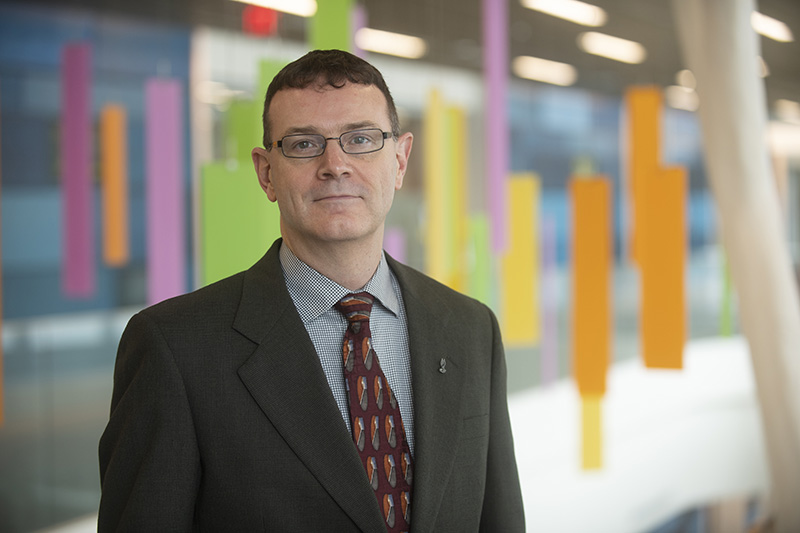
ADHD is a medical condition that causes differences in brain development and brain activity that affect attention, the ability to sit still, and self-control.
When diagnosed early, Attention Deficit Hyperactivity Disorder, ADHD, doesn’t have to negatively impact your child’s growth and development. Familiarize yourself with the signs, symptoms, and when to contact your child’s provider.
ADHD signs and symptoms
ADHD is a medical condition that causes differences in brain development and brain activity that affect attention, the ability to sit still and self-control.
Kids with ADHD can show signs in any or all these areas:
- Inattentive. Kids who are inattentive or easily distracted have trouble focusing their attention, concentrating and staying on task. They may not listen well to directions, may miss important details and may not finish what they start. They may daydream or dawdle too much. They may seem absent-minded or forgetful and lose track of their things.
- Hyperactive. Kids who are hyperactive are fidgety, restless and easily bored. They may have trouble sitting still or staying quiet when needed. They may rush through things and make careless mistakes. They may climb, jump or roughhouse when they shouldn’t. Without meaning to, they may act in ways that disrupt others.
- Impulsive. Kids who are impulsive act too quickly before thinking. They often interrupt, might push or grab and find it hard to wait. They may do things without asking for permission, take things that aren’t theirs or act in ways that are risky. They may have emotional reactions that seem too intense for the situation.
Kids develop attention, activity and self-control skills little by little as they grow. But some kids don’t get much better at paying attention, settling down, listening or waiting. When these things continue and begin to cause problems at school, home and with friends, it may be ADHD.

Hyperactive and impulsive behavioral symptoms can lead to problems in school.
ADHD impacts on school
School can be troublesome for a child with ADHD. As schoolwork gets lengthier and more difficult, inattention symptoms have a greater impact on grades.
Around third or fourth grade, they may have difficulty in math class, and as they get older, classes with longer assignments, like reading, become more demanding.
Hyperactive and impulsive behavioral symptoms can also lead to significant behavioral issues, starting in elementary school.
ADHD left untreated yields unwanted effects. By middle school, your child might become depressed if they fall behind their classmates without reason, and in high school, they may feel more anxious as grades become important factors in pursuing a certain college or career.
A child with ADHD is also more prone to peer pressure. They have a higher risk of substance use, teen pregnancy and car accidents.
“They have three times more car accidents in their first year of driving than people without ADHD,” shares Jeffrey Smith, MD, child psychiatrist. “Recognizing this early and getting treatment can be very helpful in preventing other problems.”

Dr. Jeffrey Smith
ADHD screening options
If you are concerned about your child having ADHD, screening tools are available and can usually be accessed through your primary doctor, school guidance counselors and school psychologists.
These tools will not give an actual diagnosis, but elevated scores can help point you in the right direction. For a definitive diagnosis, consult with a pediatric mental health provider.
ADHD treatment options
- Therapists for parents can help them learn organizational skills and parenting techniques for raising a child with ADHD.
- A diagnosis of ADHD can qualify your child for a 504 Plan at school. The plan is different for each child but might include things like extra time for assignments and tests or taking a test in a room with less distractions.
- Medication that increases dopamine levels is available. However, it comes with side effects like decreased appetite, weight loss and irritability. Because of this, it is usually not the first treatment option.
If you have concerns about your child and ADHD, contact their provider or make an appointment.










